Despite a surge in innovation, funding, and global attention, Africa’s best interactive digital courseware still struggles to reach the classrooms, communities, and children it was built for.
Over the last five years, countless pilots have launched with fanfare, but few have scaled. The apps exist. The talent exists. The need is overwhelming. So why aren’t the best tools making it into students’ hands? To understand the inertia, we must examine the full constellation of barriers—technical,policy-driven, economic, cultural, and structural—that have slowed the adoption of Africa’s best digital courseware. And we must do so without sugarcoating. These were well captured in a recent report by the mEducation Alliance and the Spix Foundation, which consolidated insights from across the ecosystem to identify the critical barriers to scale.
1. The Policy Patchwork: Fragmented Markets, Fragmented Outcomes
A major reason the best African edtech doesn’t scale is that there’s no unified market to scale into. As the mEducation Alliance notes in its 2024 report on digital courseware in LMICs,
“fragmentation in education policy across African countries means that developers must navigate a different set of rules, requirements, and procurement protocols in nearly every
country.”
This results in small-batch deployment: a pilot in Kenya here, a one-off district project in Senegal there. Each new deployment often requires retooling the software, re-negotiating contracts, and building local relationships from scratch. Without a standards-based policy framework adopted across borders, even the best apps are stuck in endless cycles of reinvention.
2. The Platform Trap: Integration or Isolation? Interoperability should be the rule, not the exception. But most African Ministries of Education
lack platform-level digital infrastructure—akin to a “Play Store for African schools”—that would allow approved edtech apps to plug in and scale quickly. In many countries, there’s no common single sign-on (SSO), no learning record store, and no system for integrating new content into existing platforms.
The result, as described in the mEducation Alliance report, is “tool fatigue”: teachers and administrators are forced to juggle multiple siloed apps with no central access or data integration. This discourages adoption, even when individual apps are good. A DPI (Digital Public Infrastructure) for mobile-based education could help solve this. But for now, most African
countries remain without one.
3. The Data Desert: No Feedback, No Flywheel
In Silicon Valley, product development thrives on feedback loops. Apps improve based on
real-time usage data. In Africa’s education systems, those loops are broken. Ministries rarely receive fine-grained, real-time usage data from edtech apps—either because such data is not collected, or because privacy, security, and sovereignty concerns make sharing it difficult.
Without data, Ministries cannot determine which courseware is working, for whom, and under
what circumstances. As the mEducation Alliance report laments, “the absence of consistent
performance data for courseware limits the ability of decision-makers to scale based on
evidence.” And without visibility into what’s working, there’s no mechanism to shift funding or
procurement toward the best apps.
4. The Commercial Catch-22: Free to Use, Impossible to Fund
Developers of world-class courseware in Africa are often caught in a cruel paradox. Ministries
and NGOs want the software to be free, especially at the point of use. But the cost of developing and maintaining high-quality interactive content—especially when it must be
localized into multiple languages and cultural contexts—is significant. Without a path to profitability, few companies survive beyond a few years or a few grants.
The mEducation Alliance report echoes this concern, noting the “fragility of courseware ventures
due to the lack of sustainable business models.” Most developers are forced to chase unpredictable donor grants or shrink their ambitions to serve only fee-paying private schools.
Either way, Africa’s public school students—the majority—are left behind.
5. The Local Language Gap
A less-discussed, but critical, blocker is localization. The best interactive courseware must
reflect the linguistic and cultural realities of learners. Yet most courseware remains in English,
French, or Portuguese. According to the mEducation Alliance report, “very few developers are
building for local language users at scale.”
One reason is that the technical foundations of many apps don’t support easy localization. A
true localization-first architecture—where switching to Hausa, Wolof, or Kinyarwanda requires
simply dropping in a new resource file—is rare. And without it, localization becomes prohibitively
expensive.
6. Offline or Off-Limits?
Most African students cannot count on affordable, reliable internet access. And yet, far too many
apps still assume a persistent data connection. In Africa, the best courseware would keep
working whether online, offline, or intermittently offline. But this requires low-level coding support
that needs to be in a shared library, not reinvented for each courseware app. As a result, even
brilliant courseware is functionally off-limits to the students who need it most.
The mEducation Alliance report calls this out clearly: “Connectivity assumptions remain a barrier
to scale. Even in urban areas, edtech applications that require an always-on internet connectionare unrealistic.” Until courseware is truly mobile-first and offline-capable, adoption will remain a
privilege of the connected few.
7. The Procurement Maze
Even when Ministries want to act, they often can’t. Procurement systems are outdated, opaque,
and slow. In some countries, buying a new app or platform requires more than a year of
paperwork—and approval from multiple agencies. Startups don’t have that kind of runway. Moreover, Ministries frequently lack discretionary “innovation budgets.” Every new project must compete with textbooks, exams, and salaries. The mEducation Alliance report calls for “more
flexible financing pathways” that allow Ministries to trial and scale what works. But few such
pathways exist today.
Conclusion: The Revolution Will Be Systemic, Africa’s edtech innovators are not failing. Nor are the individual Ministries of Education. The
system is failing them. We are not short on talent. We are short on scale. And unless we break
the cycle—of fragmentation, poor interoperability, limited data for decision making, and
unsustainable business models—the best courseware will remain trapped in the shadows of pilots, while mediocre incumbents dominate classrooms, continuing to limit content quality,
access and sustainability.
This isn’t inevitable. New policy frameworks, such as the one under development by AUDA-NEPAD, aim to create shared standards and cross-border adoption pathways. Emerging
Digital Public Infrastructures promises unlimited open access, integration, localization, and
data-sharing. And disruptive new business models could finally unlock profitability for developers while keeping content free for learners. The opportunity is historic. But time is short. Let’s stop lamenting the barriers. Let’s dismantle them—systemically, strategically, and together.



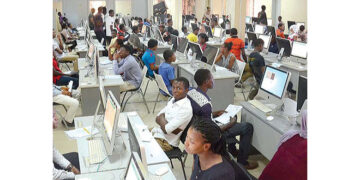



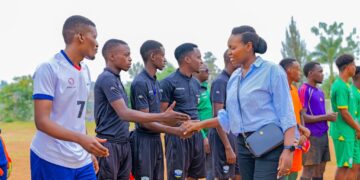

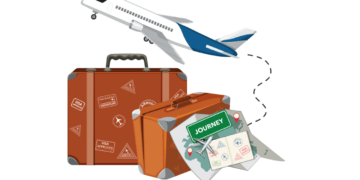










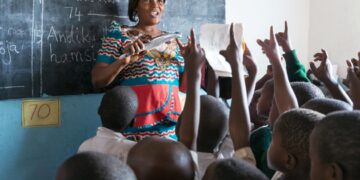

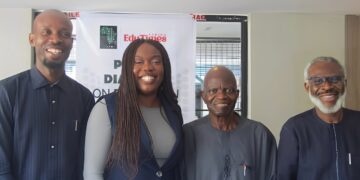


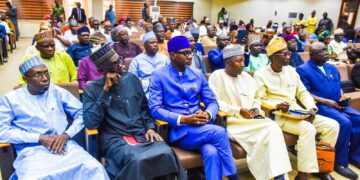










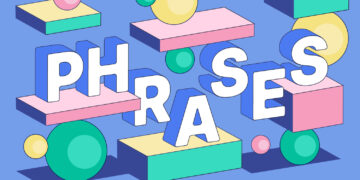






























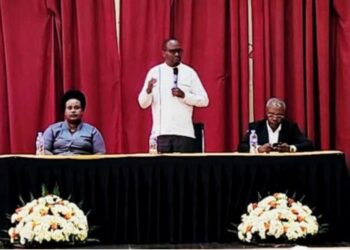
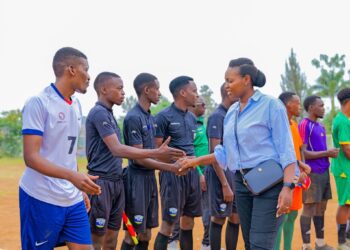










 EduTimes Africa, a product of Education Times Africa, is a magazine publication that aims to lend its support to close the yawning gap in Africa's educational development.
EduTimes Africa, a product of Education Times Africa, is a magazine publication that aims to lend its support to close the yawning gap in Africa's educational development.

